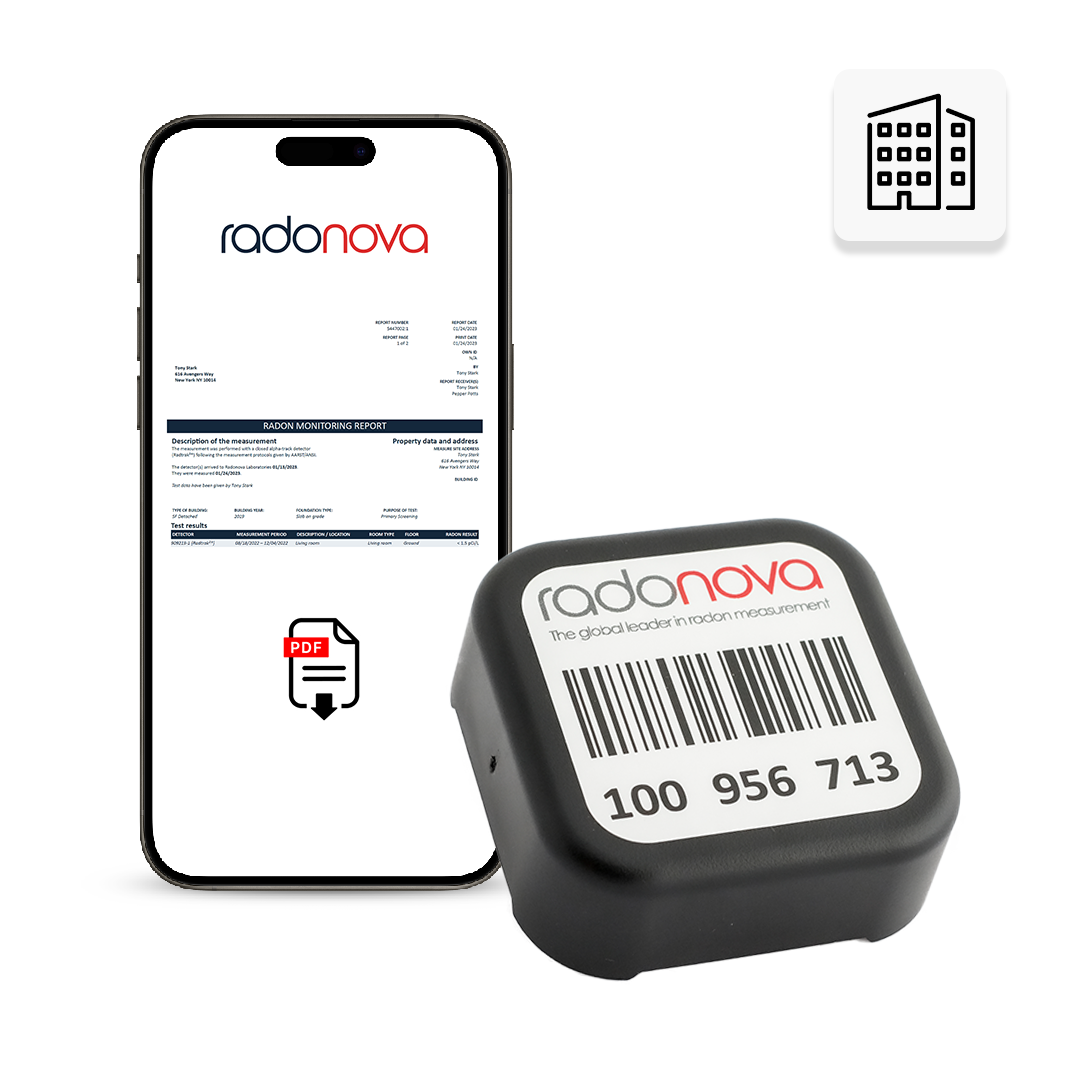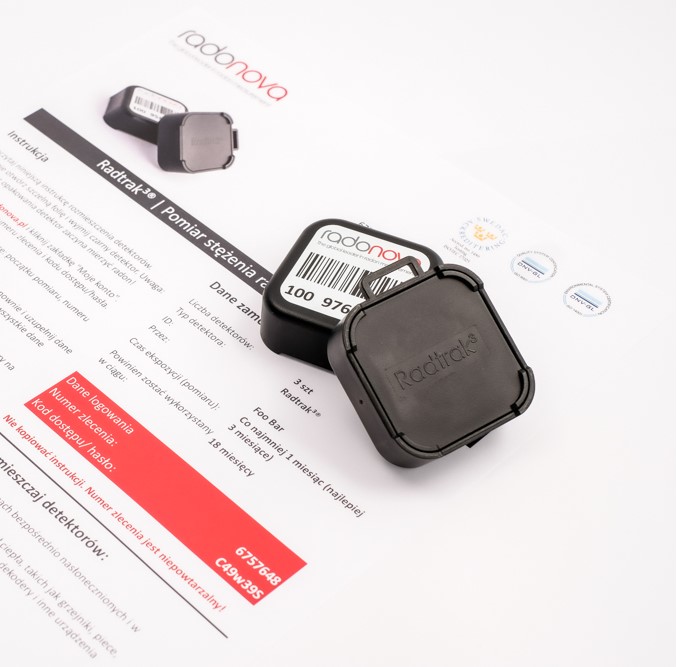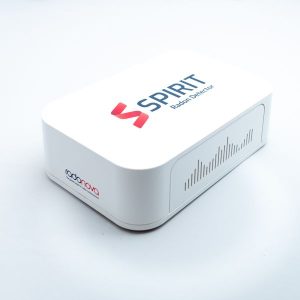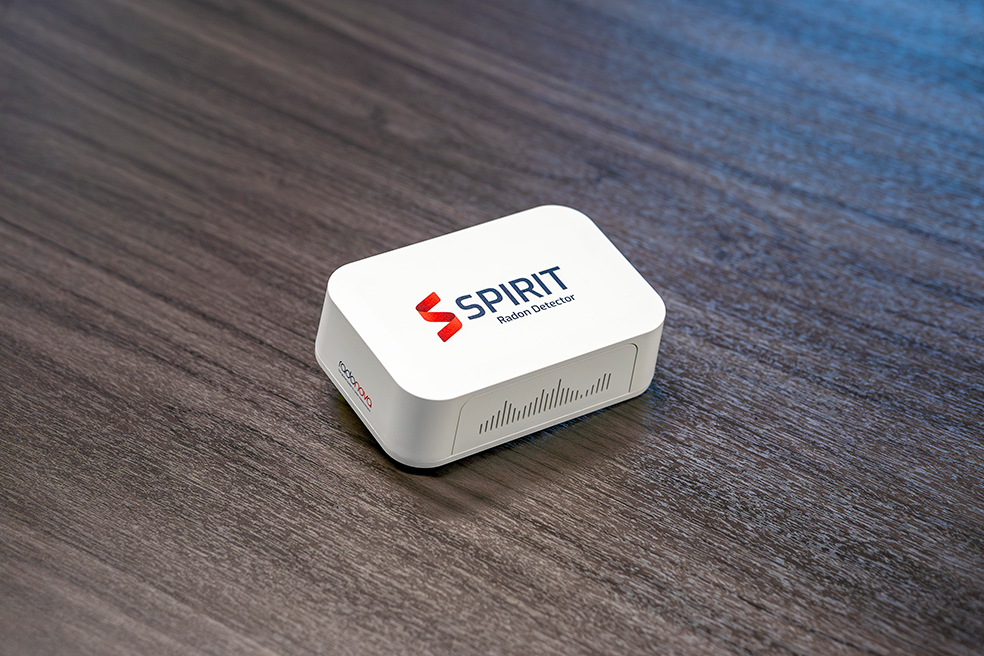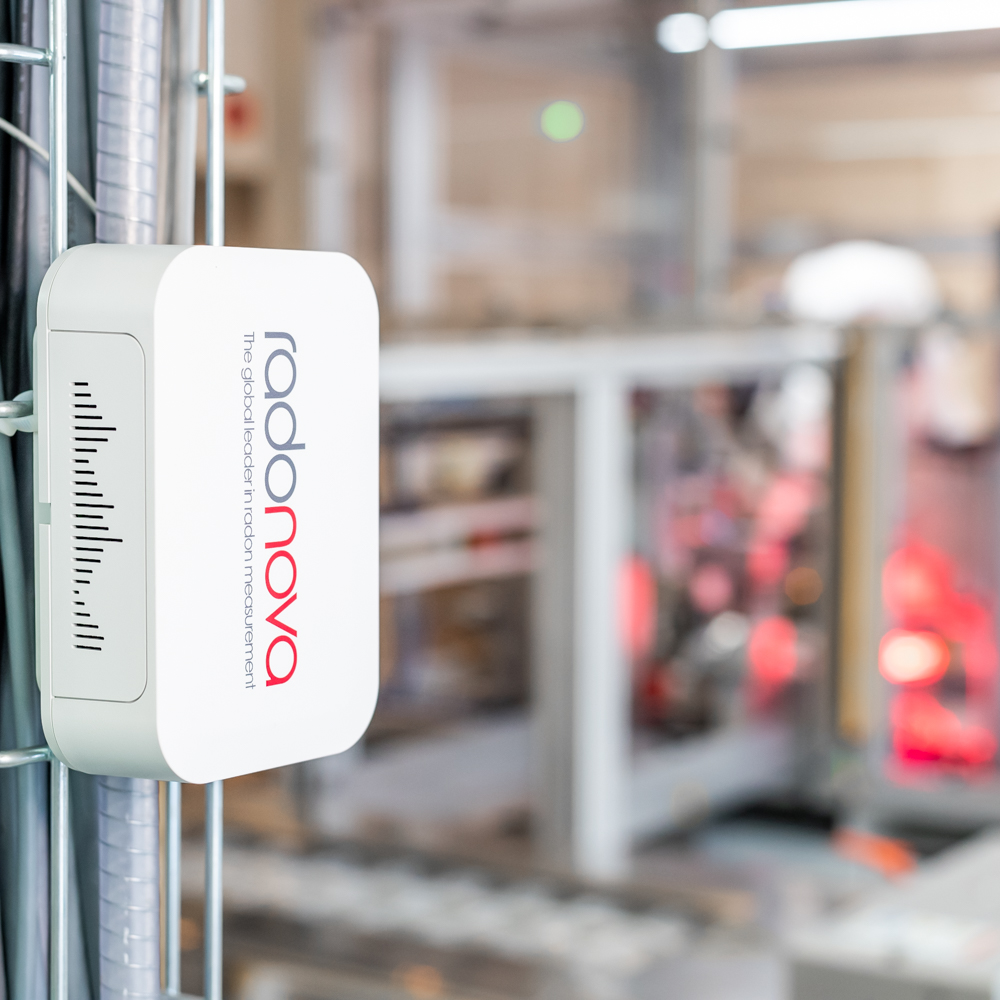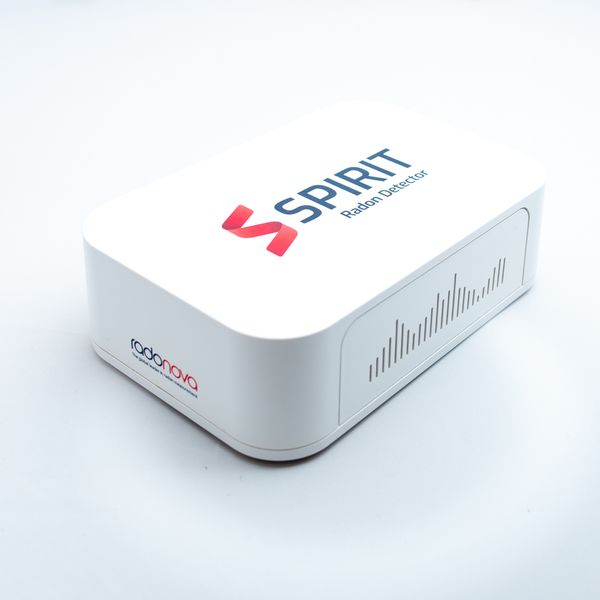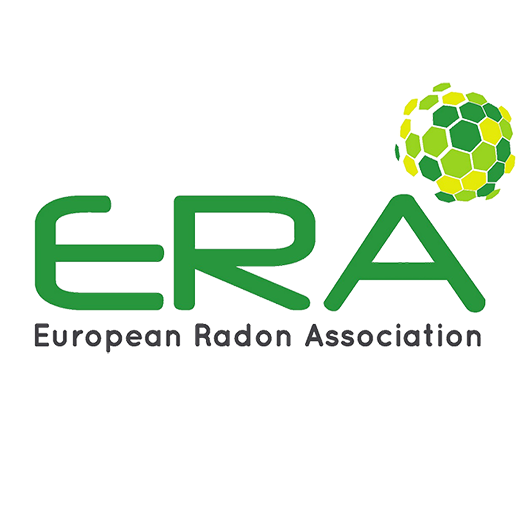-
Radtrak³®: radon testing for workplaces and schools
Select options This product has multiple variants. The options may be chosen on the product page -
SPIRIT® digital radonlogger: high-precision testing for homes and workplaces
Select options This product has multiple variants. The options may be chosen on the product page -
SPIRIT®: digital radon sensor for workplaces and schools
Read more
Radon testing in workplaces
Radon measurement in the workplace is a simple process. Once you have received your detectors from us, place them as indicated and record the data on My Pages. Following the designated testing period, retrieve the detectors and return them to our laboratory. Your report will then be sent by e-mail or retrieved online within 1-2 weeks.
What’s included
- Long-term Radtrak³® radon detectors fully validated by EPA Ireland
- Free access to My Pages to assist in the location of your detectors and data retrieval
- Delivery of radon detectors within two to three working days
- ISO17025 accredited laboratory analysis within seven days of receipt
- The highest level of measurement quality and accuracy, as proven in international tests
The biggest cost of radon measurement is usually the time it takes to deploy the detectors, record the data, and then retrieve them again. This means it is important to ensure efficiency and safety at all stages of the process. In addition, high-quality radon measurement offers lower costs and provides a better starting point should a radon survey or intervention be needed.
How many radon detectors does my workplace need?
Radonova recommends following International Radon Measurement Association (IRMA) guidelines, as their recommended procedure saves time. It’s important not to have to return to conduct additional measurements due to having deployed too few detectors.
The following locations should be included when testing for radon in the workplace:
- Rooms and locations regularly used for more than four hours per day
- All underground/basement locations, or any other location(s) used by anyone for more than one hour per week where there is a risk of radon leakage
- Any relevant locations/rooms at basement and ground floor levels. (In larger spaces, deploy at least one detector per 150m2)
- Deploy at least two detectors on upper floors, and at least one detector per 250m2

